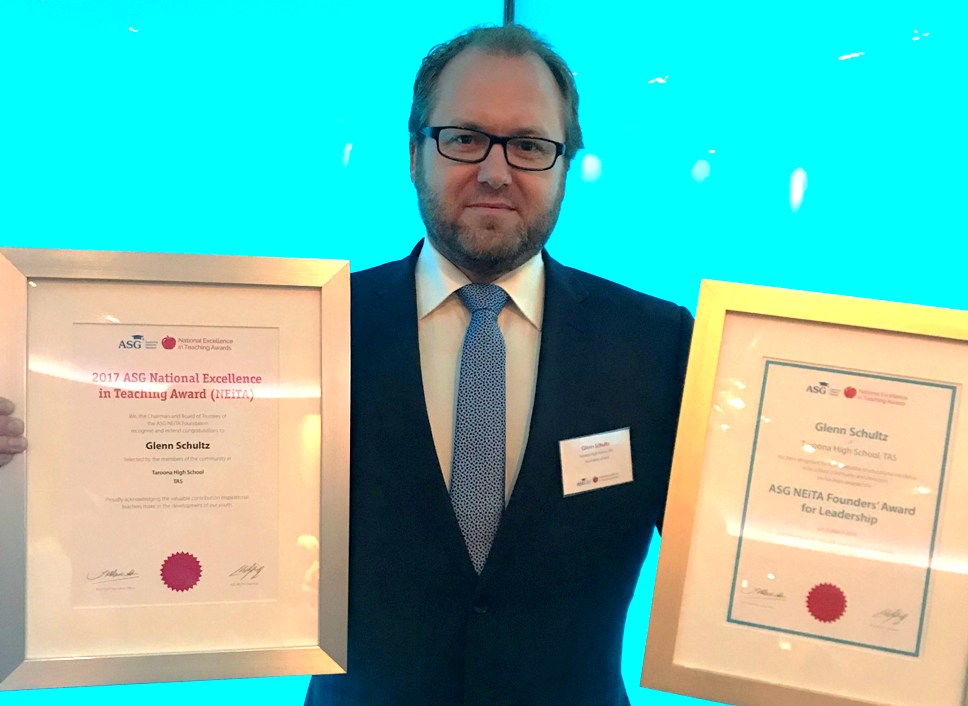
And then the artists would have used several layers of paint to build up the image.Īdam: Can you tell us about the sorts of pigments that a painter might have used in the 18th century? Maria: So ours is an oil on canvas, so it's it's a canvas that's been stretched onto a wood stretcher and painted with oil paints that would have been built up from a an initial ground layer on the canvas. How have the materials changed? Have they yellowed or just colors? Are there signs of restoration: is there you know, overpainting or repainting? Is there any obvious damage? So, looking for clues that the physical object can give us.Īdam: With our painting, what are the sorts of materials that were used to put the painting together? So how has it been constructed? What materials have been used and how have they been used? I also look for signs of change. Maria: Well, as a conservator, when I first examine a painting, I look at it as a physical object. And so just for a totally general question to start, Maria, what are the first things you look for when you're examining a painting? And we're going to keep the conversation pretty general, because when we get back, Maria will have a much greater opportunity to look at the painting and study it. So I'm not going to ask her any hyper-specific questions today or hold her accountable. Before we closed for social distancing, Maria had a really slim window of time to look at the painting and examine it before we put it on the wall. Maria is an expert paintings conservator and has been at the AGO for many years. Monique: And I'm Monique Johnson, Interim assistant curator of European art.Īdam: Today I'm talking to Maria Sullivan, the AGO’ss head of conservation to ask her about the painting as a physical object and the different materials the artists use to make it. To better understand the world that produced our enigmatic portrait of a woman of color, standing outside in lavish dress, offering the viewer more questions than answers.Īdam: I'm Adam Levine, assistant curator of European art. Throughout the series, we'll talk to specialists on topics as diverse as race, gender, botany, fashion and art conservation.

Monique: Hello all and welcome to another episode of “A Portrait of Possibilities”, where curators at the Art Gallery of Ontario interview experts to learn more about our recent acquisition, Portrait of a Lady Holding an Orange Blossom. And we'll work together with experts on gender, race and global history to tell you more. We'll look at the subject's dress and jewelry and the landscape. In episodes to come, we will look at the painting's condition and materials. In the history of European art from the 1700s there are so few single portraits of women of colour. Based on the technique and style of the work, it's clearly the work of an artist trained in Europe. The sky above is dark and cloudy with passages of intense blue peeking through.

She's positioned standing next to a potted orange tree and behind her is an architectural element, a clearing and what looks like an obelisk or a fountain. She stands outdoors, holding an orange blossom in one hand and the apron of her skirt and the other. The figure presents herself with confidence and grace as she holds our gaze. The artist has painted an elegant young woman wearing a luxurious blue silk gown decorated with intricate and beautifully rendered lace. Over the next several weeks, we're going to let you behind the scenes to learn more about what we do as curators, the questions were asking, and the experts were talking to to help unpack some of this painting's mysteries. While we don't yet know who painted the work, who the subject is, where she's standing, or what circumstances led to the making of the portrait, we can work with the painting and with experts all around the world to explore these questions. When we purchased the painting in January 2020, we knew that the painting was important, beautiful and that it belonged in our collection. We're at home working on a research project on our newest acquisition, Portrait of a Lady Holding an Orange Nlossom. I'm Adam Levine, assistant curator of European art at the Art Gallery of Ontario.Īnd I'm Monique Johnson, interim assistant curator of European art, and we hope you're all keeping well.


 0 kommentar(er)
0 kommentar(er)
